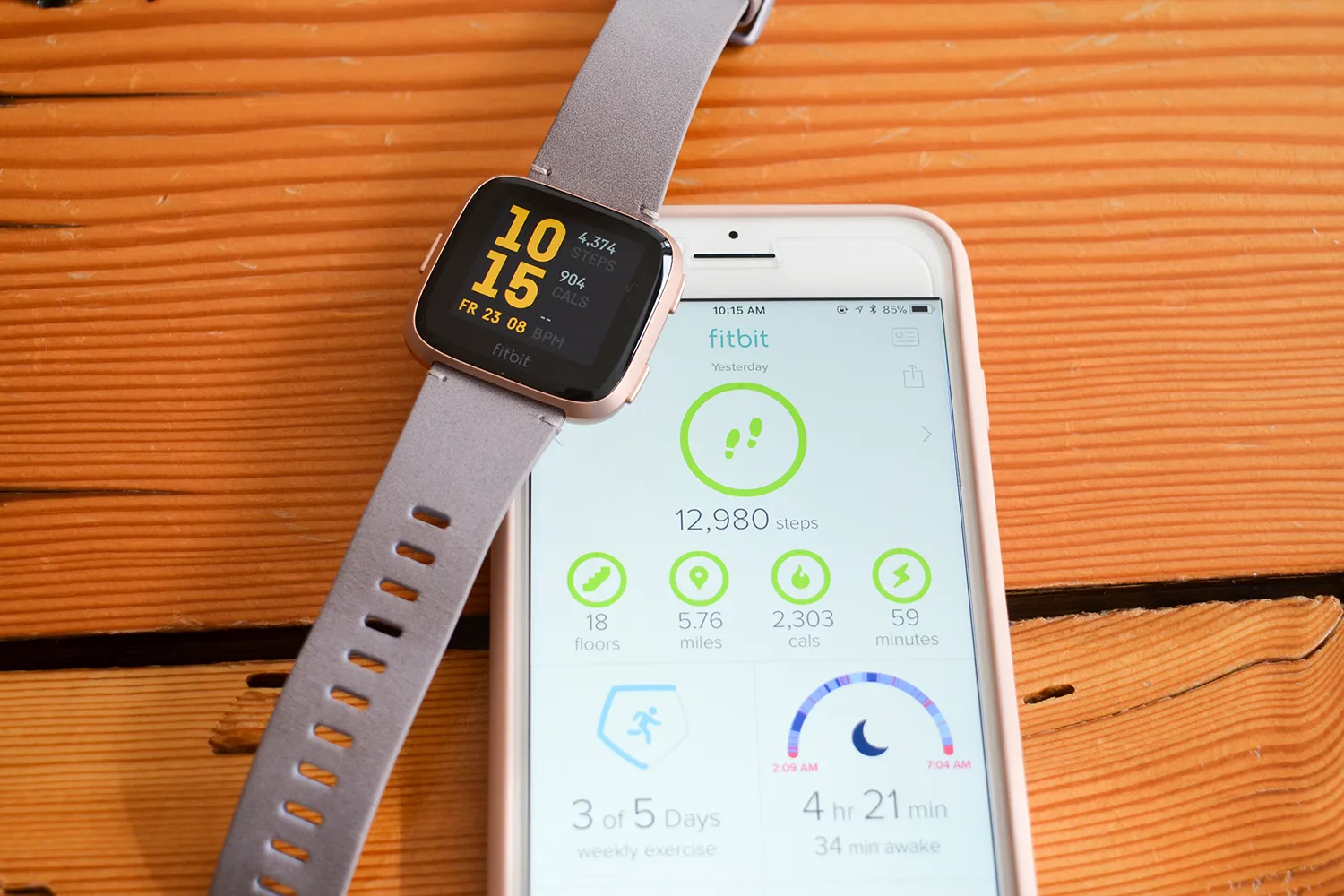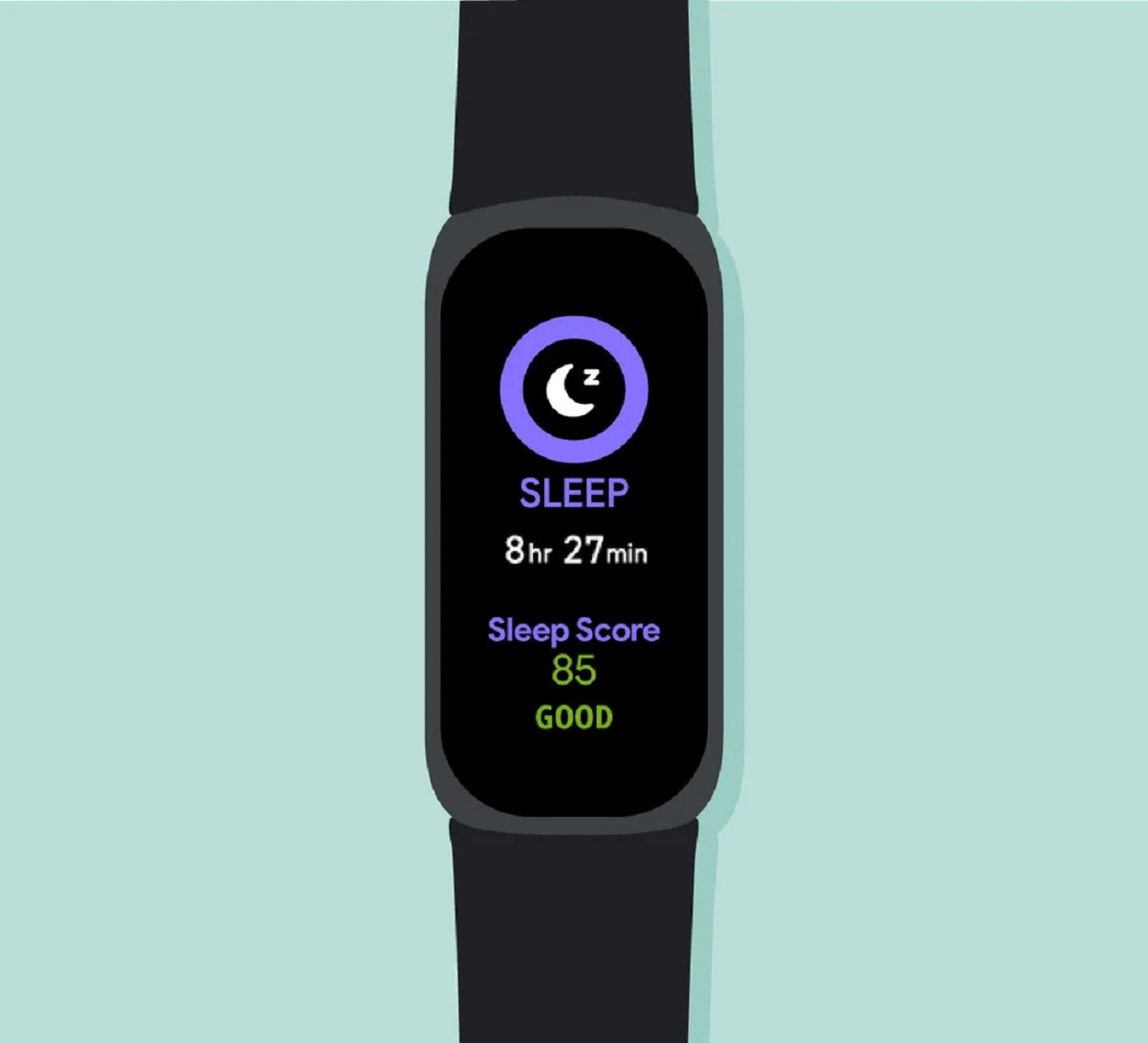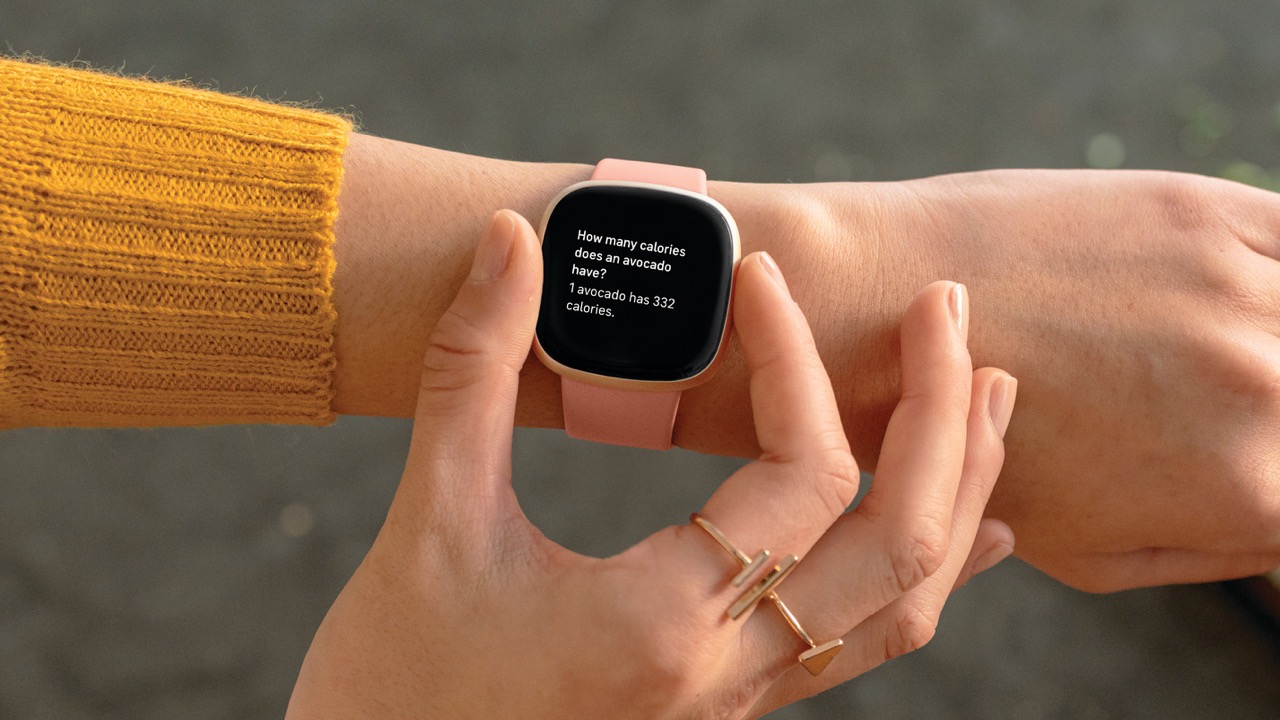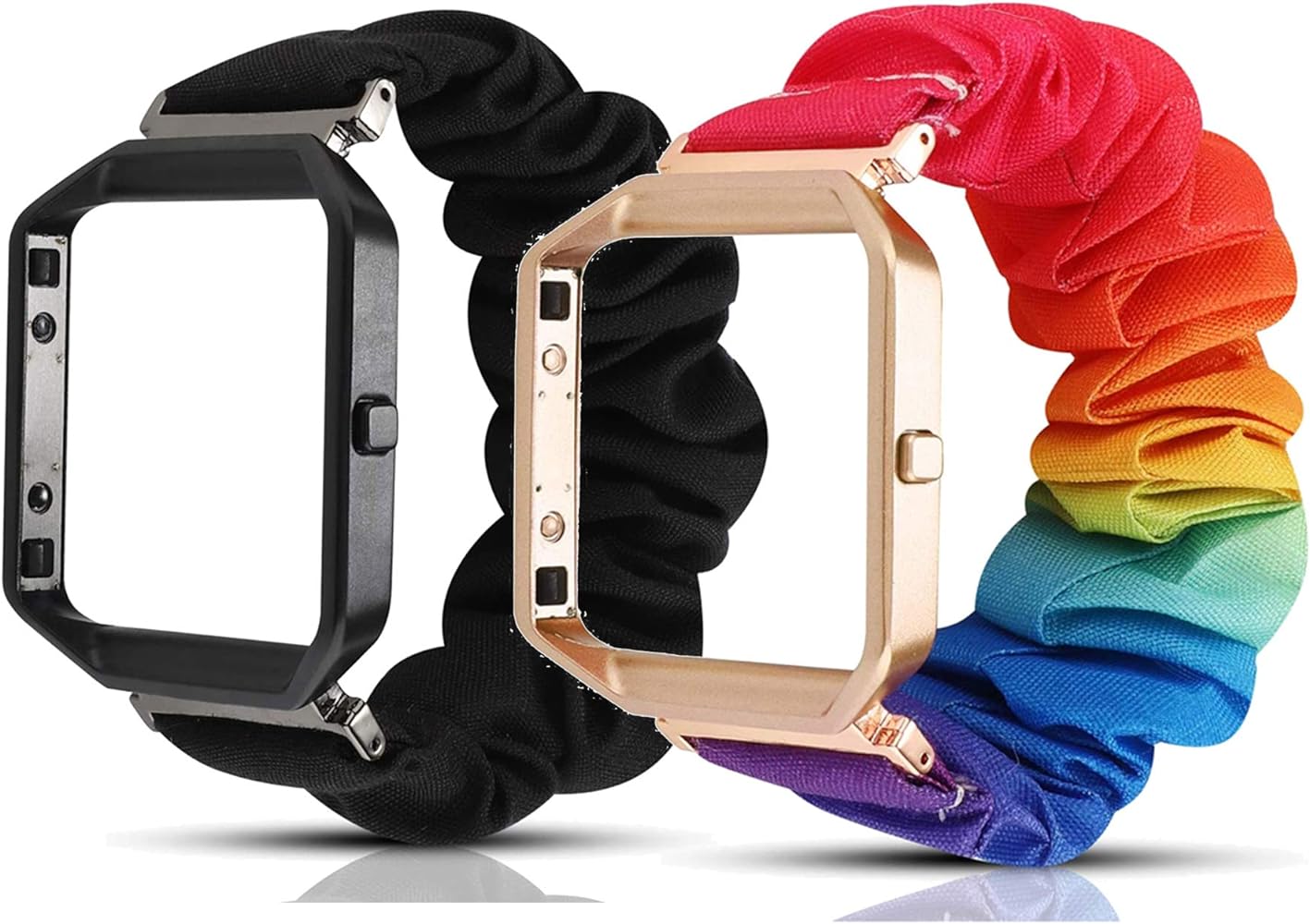Introduction
The Fitbit app is a powerful tool that helps users track their fitness progress, set goals, and stay motivated to lead a healthier lifestyle. However, encountering issues with the app, such as the sudden stoppage of step tracking, can be frustrating and perplexing. When the Fitbit app stops showing steps, it can disrupt the seamless monitoring of daily activity, leaving users in a state of confusion and concern.
The sudden cessation of step tracking on the Fitbit app can have various underlying causes, ranging from minor technical glitches to more complex hardware or software issues. Understanding the potential reasons behind this disruption is crucial for effectively troubleshooting and resolving the problem.
In this article, we will delve into the common reasons for the Fitbit app not showing steps, explore troubleshooting steps to address the issue, investigate potential hardware and software-related factors contributing to the problem, and discuss the option of seeking assistance from Fitbit support. By gaining insight into these aspects, users can navigate through the challenges of a malfunctioning Fitbit app and regain the seamless tracking of their fitness journey.
Common Reasons for Fitbit App Not Showing Steps
The Fitbit app serves as a reliable companion for individuals striving to maintain an active lifestyle. However, encountering disruptions in step tracking within the app can be perplexing. Several common reasons can lead to the Fitbit app not showing steps, causing inconvenience to users. Understanding these potential causes is essential for effectively addressing the issue. Here are some common reasons for this occurrence:
-
Syncing Issues: One of the primary reasons for the Fitbit app to stop showing steps is syncing problems between the Fitbit device and the app. If the device fails to sync with the app, the step count may not be accurately reflected. This can be due to connectivity issues, outdated software, or interference from other devices.
-
Battery Depletion: When the Fitbit device's battery is low or depleted, it may cease to track steps and sync with the app. This can result in a disruption of step data transmission, leading to the app not displaying the latest step count.
-
Device Malfunction: Hardware malfunctions within the Fitbit device, such as sensor errors or physical damage, can hinder accurate step tracking. If the device fails to detect steps properly, the app may not show the updated step count, causing discrepancies in the recorded activity data.
-
App Settings and Permissions: Incorrect app settings or insufficient permissions granted to the Fitbit app on the user's smartphone can impede step tracking. If the app lacks the necessary permissions to access motion and fitness data, it may fail to display the accurate step count.
-
Software Updates: In some cases, software updates for the Fitbit app or the user's smartphone operating system can lead to compatibility issues, resulting in step tracking interruptions. Changes in the app's compatibility with the device's software can disrupt the seamless transmission of step data.
Understanding these common reasons for the Fitbit app not showing steps is crucial for users experiencing this issue. By recognizing these potential causes, individuals can proceed to troubleshoot the problem effectively, ensuring that their fitness tracking remains uninterrupted and accurate.
Troubleshooting Steps for Fitbit App Issues
When encountering issues with the Fitbit app not showing steps, it's essential to undertake a systematic approach to troubleshoot and resolve the underlying problems. By following these troubleshooting steps, users can effectively address the issues and restore seamless step tracking within the Fitbit app.
-
Ensure Device and App Compatibility: Start by verifying that the Fitbit device and the smartphone running the Fitbit app are compatible. Check the Fitbit website or app specifications to ensure that the device and operating system meet the app's requirements. Compatibility issues can lead to irregular step tracking and syncing problems.
-
Check Bluetooth Connectivity: Confirm that the Bluetooth connection between the Fitbit device and the smartphone is stable and active. A disrupted Bluetooth connection can hinder the real-time transmission of step data to the app, resulting in discrepancies in the displayed step count.
-
Update Fitbit App and Device Software: Keeping both the Fitbit app and the associated device's software up to date is crucial for optimal performance. Check for available updates in the app store and ensure that the Fitbit device's firmware is also updated to the latest version. Software updates often include bug fixes and enhancements that can address step tracking issues.
-
Restart Fitbit Device and Smartphone: Sometimes, a simple restart can resolve temporary glitches affecting step tracking. Power off the Fitbit device and the smartphone, then turn them back on to reset their functionalities. This can help clear any minor software hiccups that may be impacting step data transmission.
-
Check App Permissions: Review the permissions granted to the Fitbit app on the smartphone. Ensure that the app has the necessary permissions to access motion and fitness data. Granting the required permissions can enable the app to accurately track and display the step count.
-
Sync Fitbit Device Manually: Initiate a manual sync between the Fitbit device and the app to ensure that the latest step data is transmitted accurately. Open the Fitbit app and manually initiate the sync process to update the step count and activity data.
-
Reset Fitbit Device: If persistent issues persist, consider performing a reset on the Fitbit device. This process can vary depending on the specific device model, so refer to the official Fitbit support resources for detailed instructions on resetting the device.
By following these troubleshooting steps, users can systematically address issues related to the Fitbit app not showing steps. These proactive measures can help identify and resolve the root causes of the problem, ensuring that step tracking remains accurate and consistent within the Fitbit app.
Investigating Hardware and Software Issues
When troubleshooting the Fitbit app's failure to display step counts accurately, it's essential to delve deeper into potential hardware and software-related factors contributing to the issue. By investigating these aspects, users can gain valuable insights into the underlying causes and take targeted measures to address the disruptions in step tracking.
Hardware Examination
The first step in investigating hardware issues involves a thorough examination of the Fitbit device itself. Users should inspect the physical condition of the device, paying close attention to the sensors responsible for tracking steps and other fitness metrics. Any signs of physical damage, such as cracks or malfunctions in the sensor components, can significantly impact the device's ability to accurately track steps. Additionally, ensuring that the device is securely fastened and positioned correctly on the user's wrist is crucial for optimal step tracking performance.
Furthermore, checking the battery status of the Fitbit device is imperative. A depleted or malfunctioning battery can lead to irregular step tracking and may hinder the seamless transmission of step data to the Fitbit app. Users should verify that the device's battery is adequately charged and functioning as intended to eliminate potential power-related issues affecting step tracking.
Software Analysis
In addition to hardware inspection, a comprehensive analysis of the Fitbit app's software and its interaction with the user's smartphone operating system is essential. Users should review the app's settings and permissions, ensuring that it has the necessary access to motion and fitness data. Incorrect app settings or insufficient permissions granted to the Fitbit app can impede accurate step tracking, leading to discrepancies in the displayed step count.
Moreover, users should consider the impact of recent software updates on both the Fitbit app and the smartphone's operating system. Changes in compatibility resulting from software updates can disrupt the seamless transmission of step data, leading to inconsistencies in the displayed step count. Verifying the compatibility of the app with the smartphone's operating system version can provide valuable insights into potential software-related factors contributing to step tracking disruptions.
By thoroughly investigating hardware and software-related factors, users can gain a comprehensive understanding of the potential causes behind the Fitbit app's failure to display step counts accurately. This in-depth analysis serves as a crucial foundation for implementing targeted solutions and restoring seamless and reliable step tracking within the Fitbit app.
Contacting Fitbit Support for Further Assistance
In instances where troubleshooting efforts fail to resolve the issue of the Fitbit app not showing steps, users can seek further assistance by contacting Fitbit support. Fitbit offers a dedicated support system aimed at addressing user concerns and providing personalized assistance to resolve technical issues related to Fitbit devices and the associated app.
When reaching out to Fitbit support, users should prepare relevant information to facilitate a comprehensive assessment of the step tracking problem. This includes details such as the specific model of the Fitbit device being used, the version of the Fitbit app installed on the smartphone, and any recent software updates applied to the device or app. Providing a clear and detailed description of the issue, including the specific symptoms observed and the steps taken to troubleshoot, can aid the support team in understanding the nature of the problem.
Fitbit offers multiple channels through which users can contact support, including online chat support, email support, and community forums where users can seek advice from fellow Fitbit enthusiasts. The official Fitbit website provides access to these support options, ensuring that users can choose the most convenient and effective means of seeking assistance based on their preferences and the urgency of the issue.
Upon contacting Fitbit support, users can expect prompt and personalized assistance from knowledgeable support representatives. The support team is equipped to guide users through advanced troubleshooting steps, provide insights into potential hardware or software-related issues, and offer tailored solutions to address the specific challenges related to step tracking within the Fitbit app.
In some cases, Fitbit support may recommend specific diagnostic steps or remote assessment of the Fitbit device to identify underlying issues that may not be apparent through standard troubleshooting methods. This personalized approach to technical support ensures that users receive targeted assistance in resolving the step tracking problem and restoring the seamless functionality of their Fitbit device and app.
By leveraging the expertise and resources offered by Fitbit support, users can navigate through complex technical issues with confidence, knowing that they have access to dedicated assistance tailored to their specific needs. Seeking further assistance from Fitbit support underscores the brand's commitment to ensuring a positive user experience and empowering individuals to overcome technical challenges related to their Fitbit devices and apps.
























